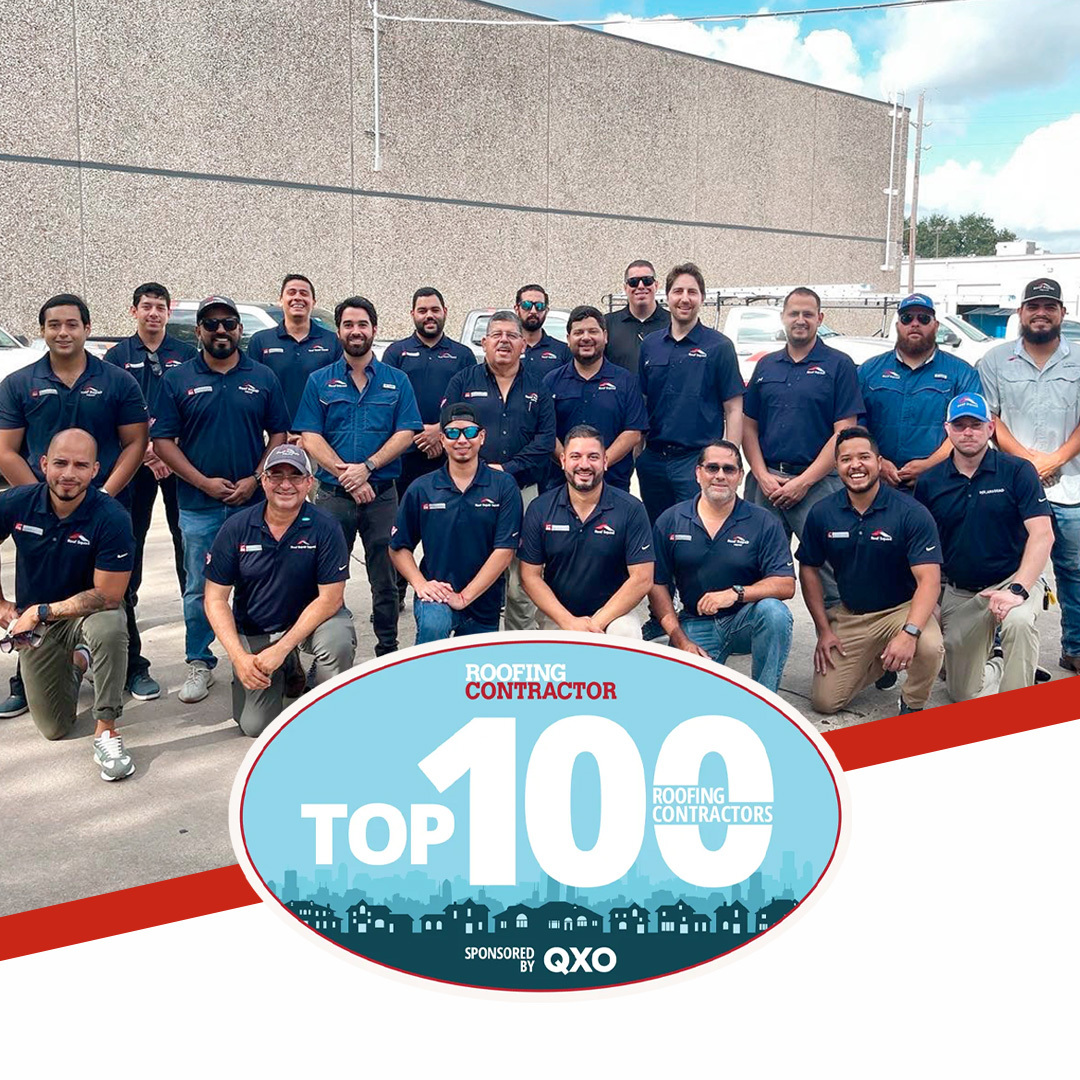As a homeowner in Denver, it's important to keep an eye on your roof's condition. One of the most common issues that can compromise the longevity of your roof is granule loss.
Granules are the protective coating on asphalt shingles that shields them from the elements. If you notice excessive granules accumulating in your gutters, downspouts, or on the ground around your home, it's a clear sign that your roof may be losing its protective layer.
What Is Granular Loss?
Granular loss, also known as "granule shedding," is a natural phenomenon that occurs as asphalt shingles age. Over time, the granules that protect against UV rays, moisture, and physical damage can become dislodged and fall off the shingles. While some granule loss is normal, excessive shedding can lead to premature roof deterioration and potential leaks.
Signs of Excessive Granule Loss
Here are some telltale signs that your roof in Denver may be experiencing excessive granular loss:
- Bald Spots on Shingles: If you can see areas on your shingles where the granules have worn away, revealing the asphalt base, it's a clear indication of granule loss.
- Buildup in Gutters and Downspouts: Check your gutters and downspouts for an accumulation of granules. This can clog your drainage system and contribute to water damage.
- Streaks on the Roof: Granule loss can create visible streaks or discoloration on your roof, particularly in areas where water runs off.
- Shingle Degradation: Excessive granule loss can lead to premature shingle degradation, cracking, and curling, compromising the roof's integrity.
Causes of Granule Loss
Several factors can contribute to granule loss on your Denver roof:
- Age: As shingles age, the granules become less tightly adhered and more prone to shedding.
- Weather Conditions: Extreme temperature fluctuations, heavy rainfall, hail, and strong winds can dislodge granules from the shingles.
- Poor Installation: Improper installation or the use of low-quality shingles can lead to premature granule loss.
- Foot Traffic: Walking on the roof can damage the shingles and cause granule loss.
Assessing the Extent of Granule Loss
To determine if the granule loss on your Denver roof is excessive, you should have a professional roofing contractor perform an inspection. They will assess the extent of the damage and provide recommendations on whether repairs or a full roof replacement is necessary. However, the decision ultimately depends on the age of your roof, the degree of granule loss, and any other signs of damage.
Preventing Granule Loss
While some granule loss is unavoidable, there are steps you can take to minimize it:
- Regular Maintenance: Schedule annual roof inspections and promptly address any issues, such as debris buildup or loose shingles.
- Minimize Foot Traffic: Avoid walking on your roof unless necessary.
- Choose Quality Shingles: When it's time for a roof replacement, invest in high-quality shingles designed for the Denver climate.
- Proper Installation: Hire a reputable, experienced roofing contractor to ensure proper installation.
Granule loss is a common issue for homeowners in Denver, but it's essential to address it promptly to prevent further damage to your roof. If you suspect your roof is experiencing excessive granule loss, don't hesitate to contact Roof Squad for an assessment. Addressing the issue early can save you from more significant problems and expenses down the road.
Contact us today for a free consultation.










